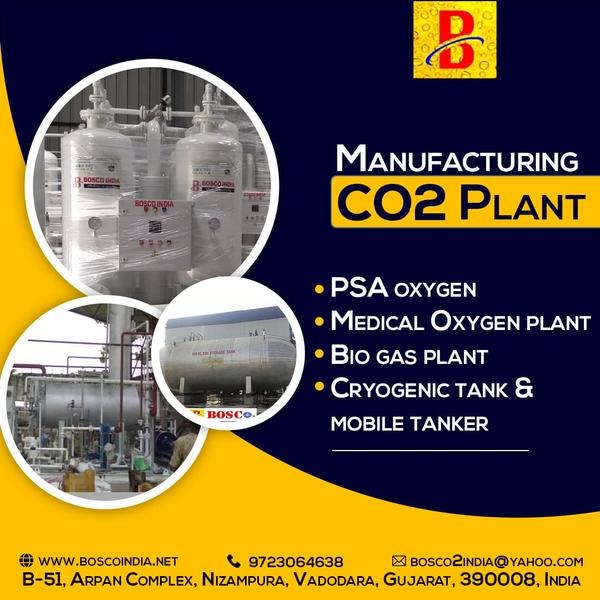An LPG (Liquefied Petroleum Gas) tanker is a specialized maritime vessel designed to transport liquefied petroleum gas, which typically includes a mixture of propane and butane. These tankers are crucial for the global supply chain of LPG, allowing it to be transported from production facilities to distribution terminals and ultimately to end-users. Key Features of LPG Tankers: Design and Construction: Double-Hull Design: Many modern LPG tankers have a double-hull structure to enhance safety and prevent leaks in case of an accident. Pressurized Tanks: The tanks are specially designed to withstand high pressures, keeping the LPG in a liquid state during transport. Types of LPG Tankers: Fully Pressurized Tankers: Operate at ambient temperatures and keep the gas in a liquid state by maintaining high pressure. Semi-refrigerated Tankers: Use a combination of pressure and refrigeration to transport LPG. Refrigerated Tankers: Keep LPG at low temperatures (around -42°C) to maintain it in a liquid state.

This is your website preview.
Currently it only shows your basic business info. Start adding relevant business details such as description, images and products or services to gain your customers attention by using Boost 360 android app / iOS App / web portal.


Submit Your Enquiry